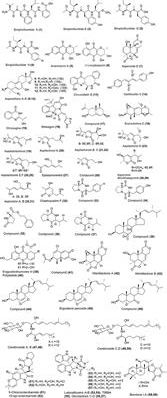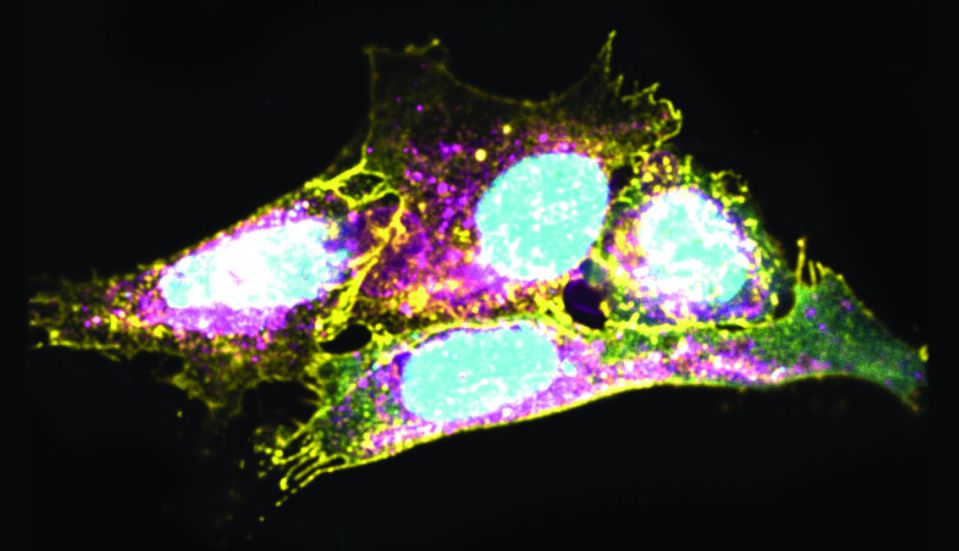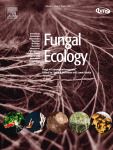
Metabolites from marine fungi have hogged the limelight in drug discovery because of their promise as therapeutic agents. A number of metabolites related to marine fungi have been discovered from various sources which are known to possess a range of activities as antibacterial, antiviral and anticancer agents. Although, over a thousand marine fungi based metabolites have already been reported, none of them have reached the market yet which could partly be related to non-comprehensive screening approaches and lack of sustained lead optimization. The origin of these marine fungal metabolites is varied as their habitats have been reported from various sources such as sponge, algae, mangrove derived fungi, and fungi from bottom sediments. The importance of these natural compounds is based on their cytotoxicity and related activities that emanate from the diversity in their chemical structures and functional groups present on them. This review covers the majority of anticancer compounds isolated from marine fungi during 2012–2016 against specific cancer cell lines.
Marine fungi are important source of secondary metabolites useful for the drug discovery purposes. Even though marine fungi are less explored in comparison to their terrestrial counterparts, a number of useful hits have been obtained from the drug discovery perspective adding to their importance in the natural product discovery (Molinski et al., 2009; Butler et al., 2014), which have yielded a wide range of chemically diverse agents with antibacterial, antiviral and anticancer properties in animal systems. Starting with the celebrated example of cephalosporins, marine fungi have provided unique chemical skeletons that could be used to develop drugs of clinical importance (Bhadury et al., 2006; Saleem et al., 2007; Javed et al., 2011; Sithranga and Kathiresan, 2011). Fungi, in general, have been generous source of drugs as evidenced by the isolation of many drugs in use such as paclitaxel, camptothecin, vincristine, torreyanic acid and cytarabine to name a few.


















